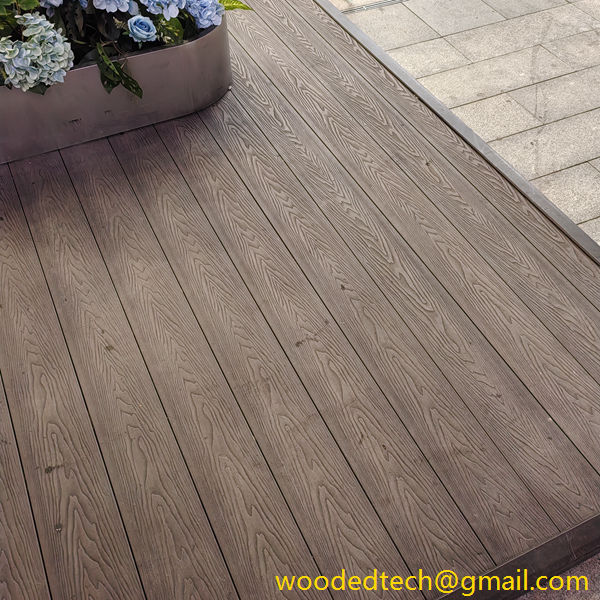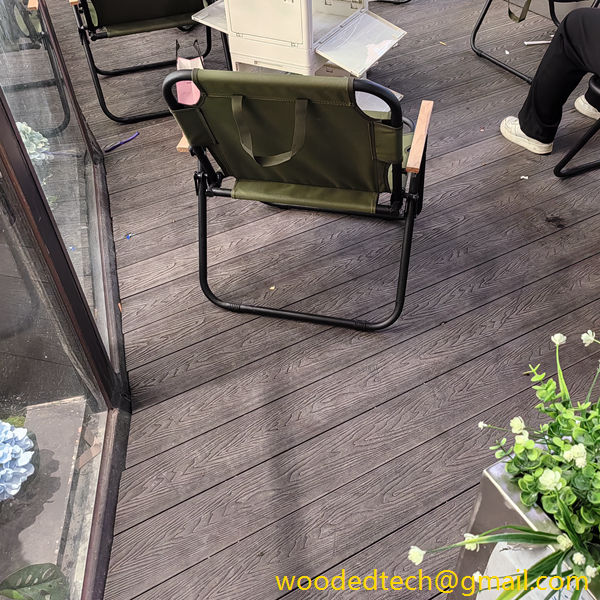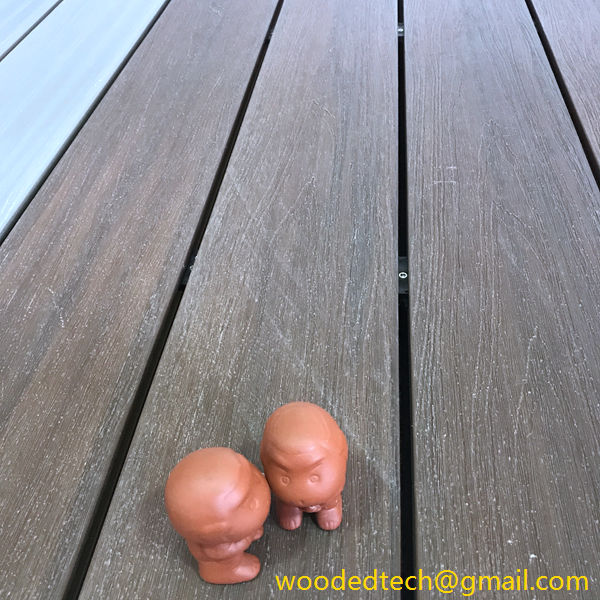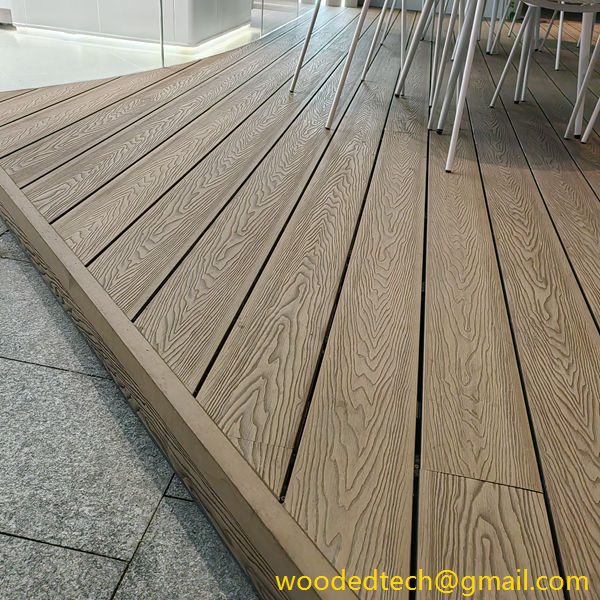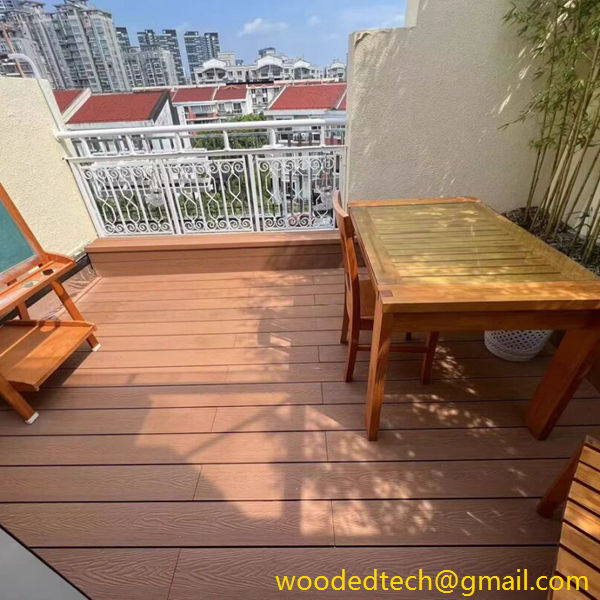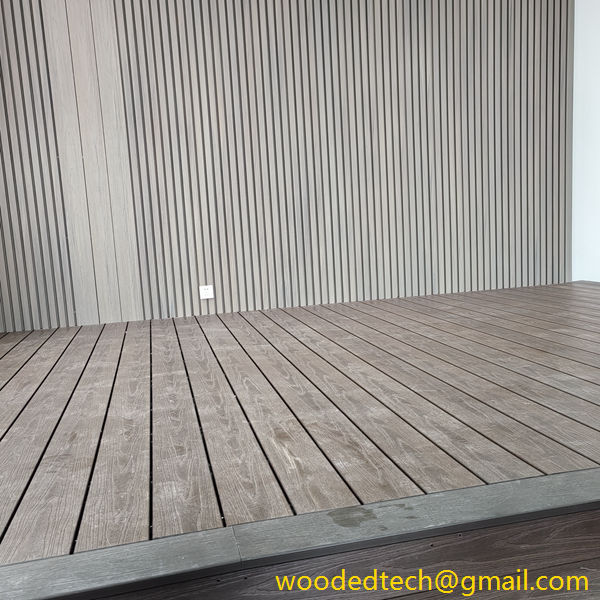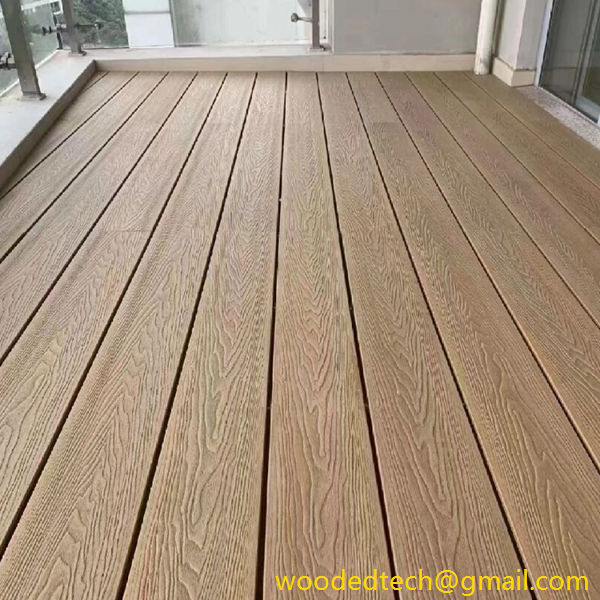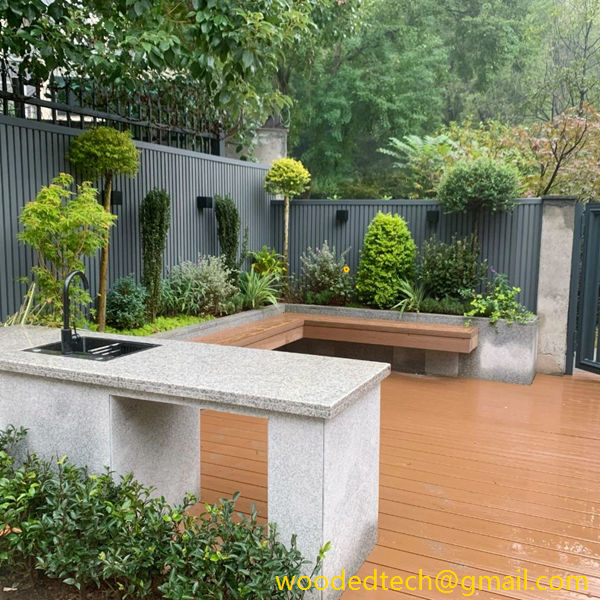Longest Composite Deck Boards for Large Projects
Longest Composite Deck Boards for Large Projects When it comes to constructing expansive outdoor spaces, such as patios, decks, and boardwalks, the choice of materials is pivotal. One of the most popular materials for these applications is composite decking. Composite deck boards, made from a blend of wood fibers and recycled plastic, offer durability, aesthetic…
Longest Composite Deck Boards for Large Projects
When it comes to constructing expansive outdoor spaces, such as patios, decks, and boardwalks, the choice of materials is pivotal. One of the most popular materials for these applications is composite decking. Composite deck boards, made from a blend of wood fibers and recycled plastic, offer durability, aesthetic appeal, and low maintenance. As the demand for larger outdoor spaces grows, particularly in residential and commercial projects, the need for longer composite deck boards has become increasingly essential.
Global production capacity for composite decking has expanded significantly over the last decade. This is largely due to a surge in demand driven by various factors, including the rise of outdoor living spaces, increasing awareness of sustainable materials, and advancements in production technology. Countries with established manufacturing capabilities, such as the United States, Canada, and several European nations, have seen a significant increase in the production of longer composite deck boards, catering to the needs of large projects.
Long composite deck boards are particularly advantageous for large projects. One of the primary benefits is the reduction in visible seams, which can detract from the overall aesthetic of the deck. Fewer seams mean a cleaner, more streamlined appearance, which is especially important for commercial applications such as resorts, restaurants, and public spaces where visual appeal is paramount. Additionally, longer boards can lead to faster installation times. Fewer pieces to handle means that contractors can complete projects more efficiently, saving both time and labor costs.
The distribution of global production capacity is not uniform. Certain regions have become hubs for composite decking production due to access to raw materials, skilled labor, and technological infrastructure. For instance, North America has a robust manufacturing sector for composite decking, benefitting from abundant timber resources and an established recycling industry that supplies the necessary plastic materials. Companies in this region have also invested heavily in research and development to innovate new products that meet the market’s evolving demands.
In Asia, particularly in countries like China and Vietnam, there has been a rapid expansion of production facilities for composite materials. These countries have capitalized on lower labor costs and have become significant players in the global market. As a result, they are not only producing shorter boards for local markets but also exporting longer composite deck boards to regions with higher demand, such as North America and Europe. This shift has contributed to a more diverse global supply chain, allowing for greater flexibility in sourcing materials.
The European market has also seen a rise in the production of long composite deck boards. European countries are known for their strong environmental regulations, which have driven manufacturers to create more sustainable decking options. The demand for eco-friendly products has led to innovations in composite materials, including those that incorporate recycled content and sustainable wood sources. European manufacturers are keenly aware of the importance of sustainability in their production processes, ensuring that their products are not only high quality but also responsibly sourced.
The increase in global production capacity for longer composite deck boards has also been influenced by technological advancements. Manufacturers are increasingly employing automation and advanced manufacturing techniques to enhance efficiency and quality control. For example, state-of-the-art extrusion processes allow for the consistent production of longer boards with minimal defects. Additionally, improvements in composite formulation have led to the development of stronger, more weather-resistant products that can withstand the rigors of outdoor use.
However, the distribution of production capacity is not without its challenges. The logistics of transporting long composite deck boards can be complex, particularly when dealing with international shipping. Lengthy products require specialized handling and transportation methods to prevent damage during transit. This can lead to increased shipping costs and longer lead times, which can be a concern for contractors working on tight schedules. As such, manufacturers must strategically plan their distribution networks to ensure timely delivery while minimizing costs.
Moreover, the global demand for longer composite deck boards is also influenced by regional design trends and consumer preferences. In North America, for instance, there is a strong inclination towards large outdoor living spaces that blur the lines between indoor and outdoor environments. This trend is pushing for longer boards that can accommodate expansive designs without compromising aesthetics. In contrast, European consumers may prioritize sustainability and environmental impact, leading to a different set of product requirements.
As the market continues to evolve, collaboration between manufacturers, suppliers, and contractors will be essential. By fostering strong relationships and communication channels across the supply chain, stakeholders can better adapt to changing demands and ensure that they are providing the best possible products for large projects. Additionally, ongoing research and development will play a crucial role in meeting future challenges, whether they relate to material sustainability, production efficiency, or design innovation.
In conclusion, the distribution of global production capacity for long composite deck boards is shaped by a variety of factors, including regional manufacturing strengths, technological advancements, logistical challenges, and evolving consumer preferences. As demand for larger outdoor spaces continues to grow, manufacturers will need to adapt to an ever-changing landscape in order to meet the needs of both residential and commercial projects. By leveraging innovations in materials and production techniques, the industry can continue to provide high-quality, aesthetically pleasing, and sustainable decking solutions that enhance outdoor living experiences worldwide.

